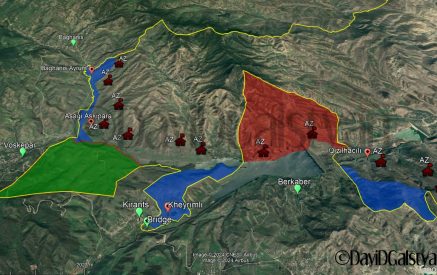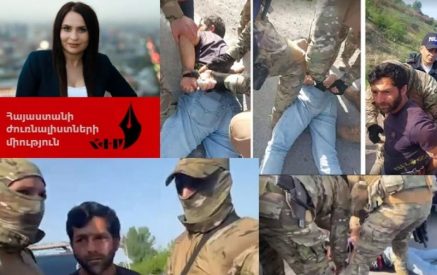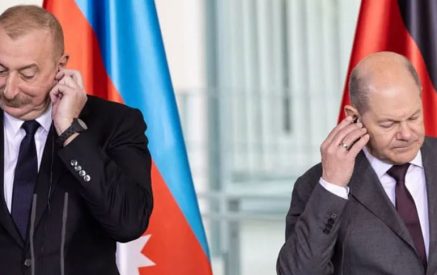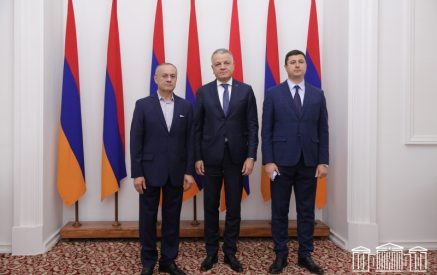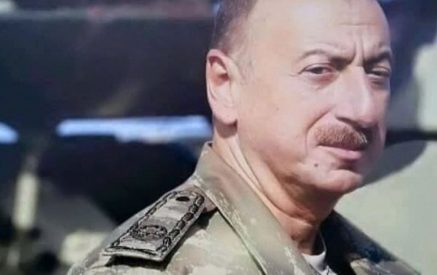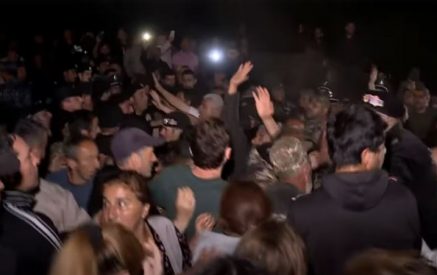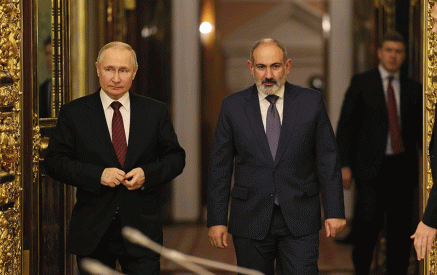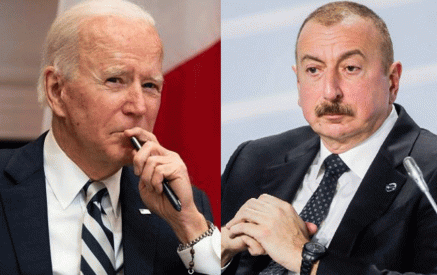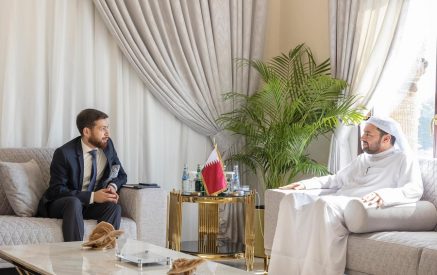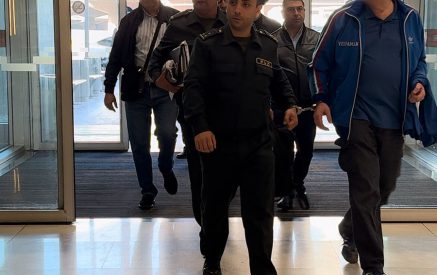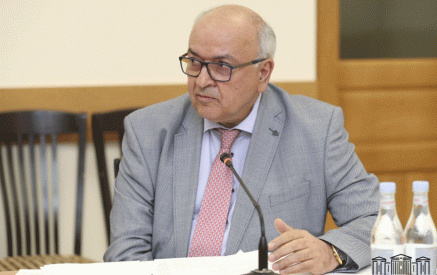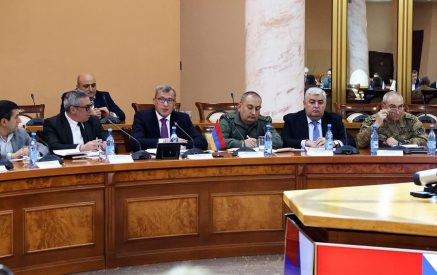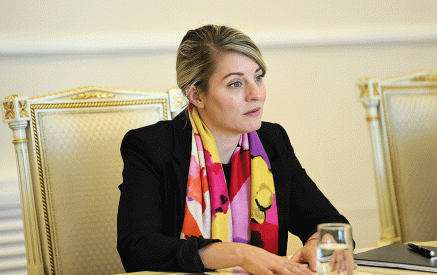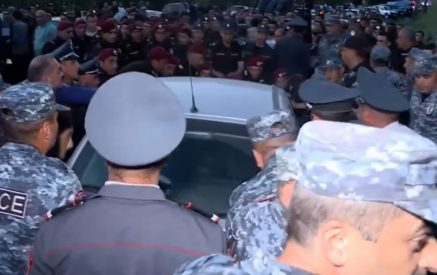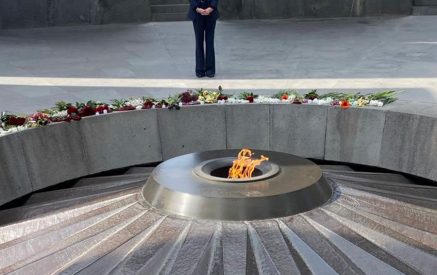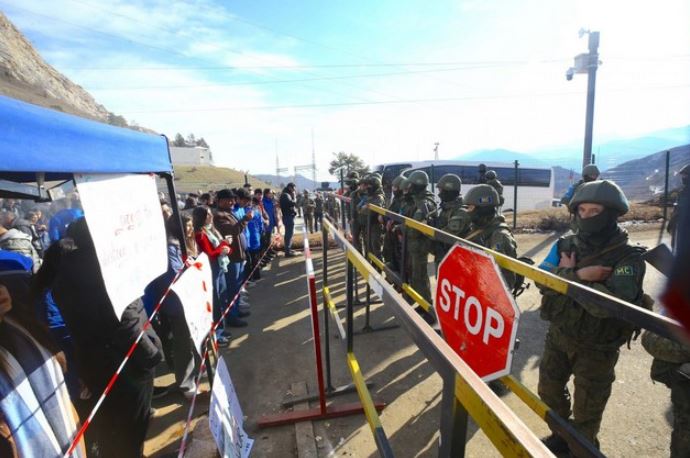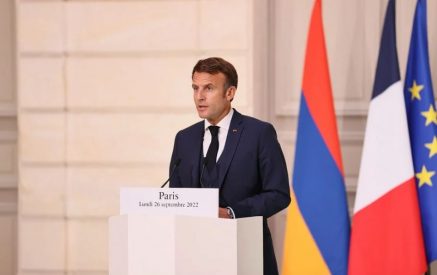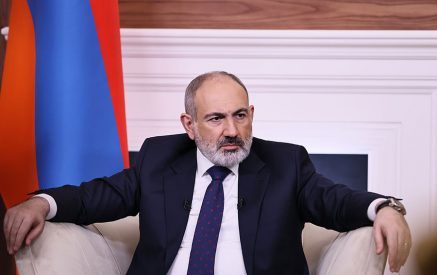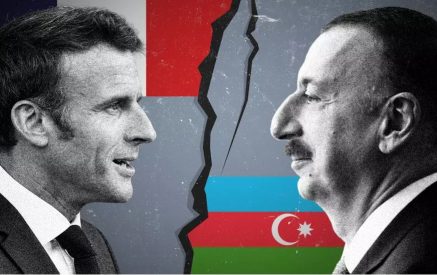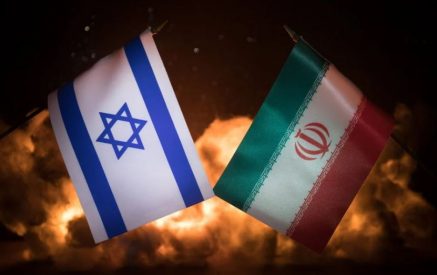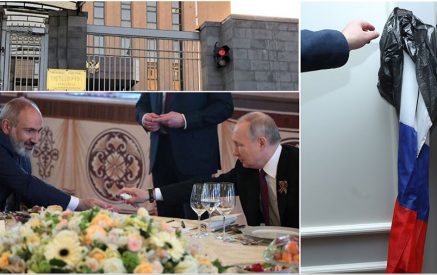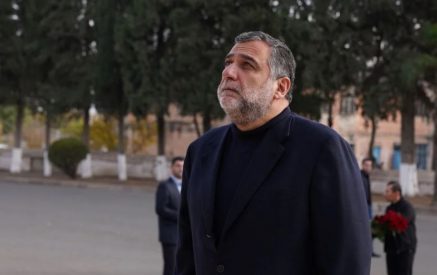Possible scenario of development and deep reasons
Prime Minister Pashinyan announced at the Cabinet meeting last week that Armenia has completed the work on the next phase of the peace and relations establishment agreement with Azerbaijan. The proposals have been forwarded to the Azerbaijani side. There has yet to be an official, complete response from Azerbaijan. However, Aliyev said in Munich that “positive dynamics” can be observed on the Armenian side, which, in his opinion, is not enough.
Although it is not clear what is meant by “positive dynamics,” the “dynamics” that I notice are related, in particular, to the precondition of liberating the sovereign territory of Armenia, which was put forward by our government at the first stage of the negotiations, and now, at least not publicly, doesn’t talk about it. Russia and the CSTO, as is known, “do not know” where the border of the Republic of Armenia passes, and under that pretext, they do not fulfill their alliance obligations.
We may have also lost the location of that border. In his speech during the government session, the Prime Minister noted that “the signing of the document should not turn into a war, already based on a peace agreement, this sounds absurd, but it can also be such a scenario, but on the contrary, it really means lasting peace.”
Read also
Of course, from the point of view of formal logic, it sounds absurd that a peace treaty will contribute to war, but it is quite possible in politics. This happens when one side concedes on all issues, and the other gets everything it wants. After that, the winning side makes new demands and starts a war if unmet.
For example, the following scenario is possible: The contract is signed, after which Azerbaijan says: Well, now give us our enclaves, and also allow the Azerbaijanis expelled from Armenia in the early 1990s to return to their homes. The likely reaction of our authorities will be that there is no such thing in the “peace agreement.” It will become an occasion for new military operations for Azerbaijan. The UN, the US, the OSCE, and the EU will call for “restraint on both sides,” Macron will issue strong condemnation (following reports from the French gendarmes), Russia and the CSTO will declare that they do not know the enclaves are Armenian or Azerbaijani, so they don’t take part.
Finally, under the auspices of Josep Borel, a new peace treaty will be signed in which the enclaves are given to Azerbaijan, and the Azerbaijanis return to their homes. The pro-Western supporters of the Armenian government will prove that this agreement is the best way to eliminate the “Russian boots.”
After that, Azerbaijan will announce that Azerbaijani soldiers are needed to protect its compatriots on the territory of Armenia, or something else. Why is the “peace agreement” not signed yet? As far as I understand, the only controversial point is the following: to include in that agreement a clause about the “security and rights of Armenians living in Artsakh.” The Armenian side is making such hesitant proposals.
At the same time, Azerbaijan categorically rejects it, saying that it is its internal matter and the constitution of Azerbaijan will grant these “rights.” Ultimately, this concession will also be made to Azerbaijan to “get rid of the Russian boot.” And why the “peace treaty” will not ensure any peace.
The profound reason is that no matter what the parties sign, no international organization and no state will be able to guarantee the fulfillment of the clauses of that agreement. Just as Russia does not provide the points of the tripartite declaration of November 9, 2020, the Berdzor Corridor remains closed.
Aram ABRAHAMYAN
“Aravot” daily, 21.02.2023




